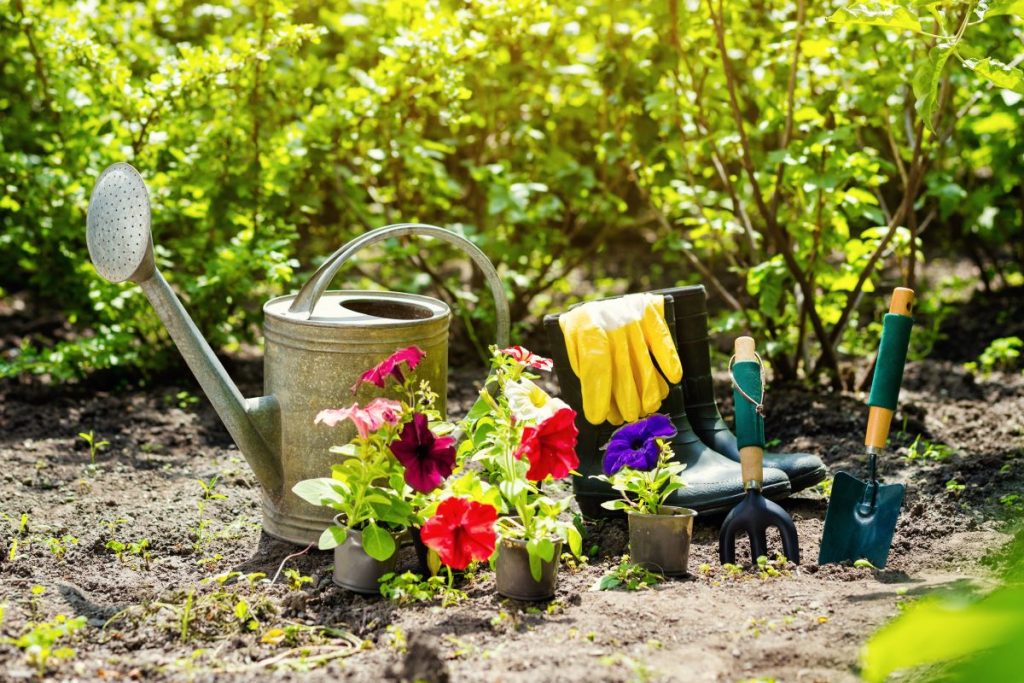That gardens enhance curb appeal and increase the property’s value is repeated so many times it already sounds like a cliché. But they can do so much more than elevate the aesthetics of the space.
From making children healthier to improving the quality of water, gardens are sustainable options in many ways. Here’s what recent science has been saying:
1. Gardens Can Encourage Kids to Eat More Vegetables
Childhood obesity is a growing problem in the United States, with about 19.3 percent of kids and teens classified as obese. That’s over 14 million of the population, according to the CDC.
Obese children are at significant risk of developing type 2 diabetes, hypertension, cardiovascular diseases, and certain types of cancer earlier than their normal-weight peers. Fortunately, in many cases, they can drop weight by modifying their lifestyle, including eating more vegetables instead of sweets and junk food.
Except that not many kids love to eat veggies. In a survey in 2017, at least 25 percent of kids between six and 11 months old and 20 percent of one-year-olds had never eaten any form of vegetable at any time during the survey period.
Many kids don’t like the taste of vegetables because, it turns out, they have more sensitive taste buds. These greens will be distinctively bitter for their palate.

But a 2021 research by the University of Texas at Austin revealed that there might be a way to convince them to try these veggies: school gardens.
The team installed vegetable gardens in over 15 elementary schools in Central Texas. Children participated in growing the plants while they learned to cook nutritious food with their parents. From these activities, they learned that at least 50 percent of the kids increased their vegetable consumption by half per day.
Although they didn’t see any significant metabolic changes, like weight loss, throughout the nine months, the children cultivated a new positive behavior. Later, this could still count toward better health.
Even if the study involved school gardens, parents can still replicate the concept as long as two essential factors remained. Kids actively participate in the tending. They receive lessons on how these plants grow.
2. Plants in Urban Gardens Can Help Feed Insect Pollinators
Insect pollinators like bees and wasps do so much more than sprinkling pollen that produces new plants. Agriculture partly depends on these animals. Think of potatoes, apples, bananas, blueberries, avocados, squash, and cucumbers, to name a few.
Thus, when the population of these insect pollinators, particularly bees, declines, the world could be in trouble. The risk of food insecurity can increase.
Bringing their species back requires multiple approaches, including policies that limit land use. However, a landscaping design incorporating pollinating flowers and plants can also help, according to a University of Bristol study in 2021.
In their research, urban residential gardens provide as much as 85 percent of the nectar that attracts bees and wasps. Moreover, three gardens can already net at least a teaspoon of this ambrosia. While it seems not much in quantity, these insects also do not consume a lot per trip. This also means that if homes and buildings incorporate flower gardens in the area, they can provide more food for these animals and help guarantee their survival.
3. Floating Gardens Can Improve the Quality of Water
For parks and homes with ponds, floating gardens are an amazingly unique and economical way to showcase plants. These involve tying native plants to a makeshift raft and allowing their roots to grow underneath the water. Not only do they make the surroundings beautiful, but they also help conserve water as, now, the flowers develop hydroponically.
However, according to a 2020 research by the Illinois State University, floating gardens may have an extra benefit: they can positively impact the quality of water.
For the experiment, in 2018, the team collected water samples weekly from a floating garden in a newly redeveloped park in Chicago. One of the factors they looked into was the presence of nutrients and minerals like sulfate, phosphate, and nitrate. Even if the garden is in an urban area, the upstream current could still bring by-products of agriculture to it.
Their analysis revealed that the water quality showed modest but definite improvement. The level of nitrate, for example, dropped to 4.43 milligrams per liter downstream from 4.69 milligrams per liter upstream of the garden. Phosphate also declined.
The changes could be minor, but floating gardens are also scalable. In other words, their impact could easily increase.
There’s more to gardens than making the environment prettier. They can help save the environment, bring in the bees, and encourage kids to eat more vegetables.







